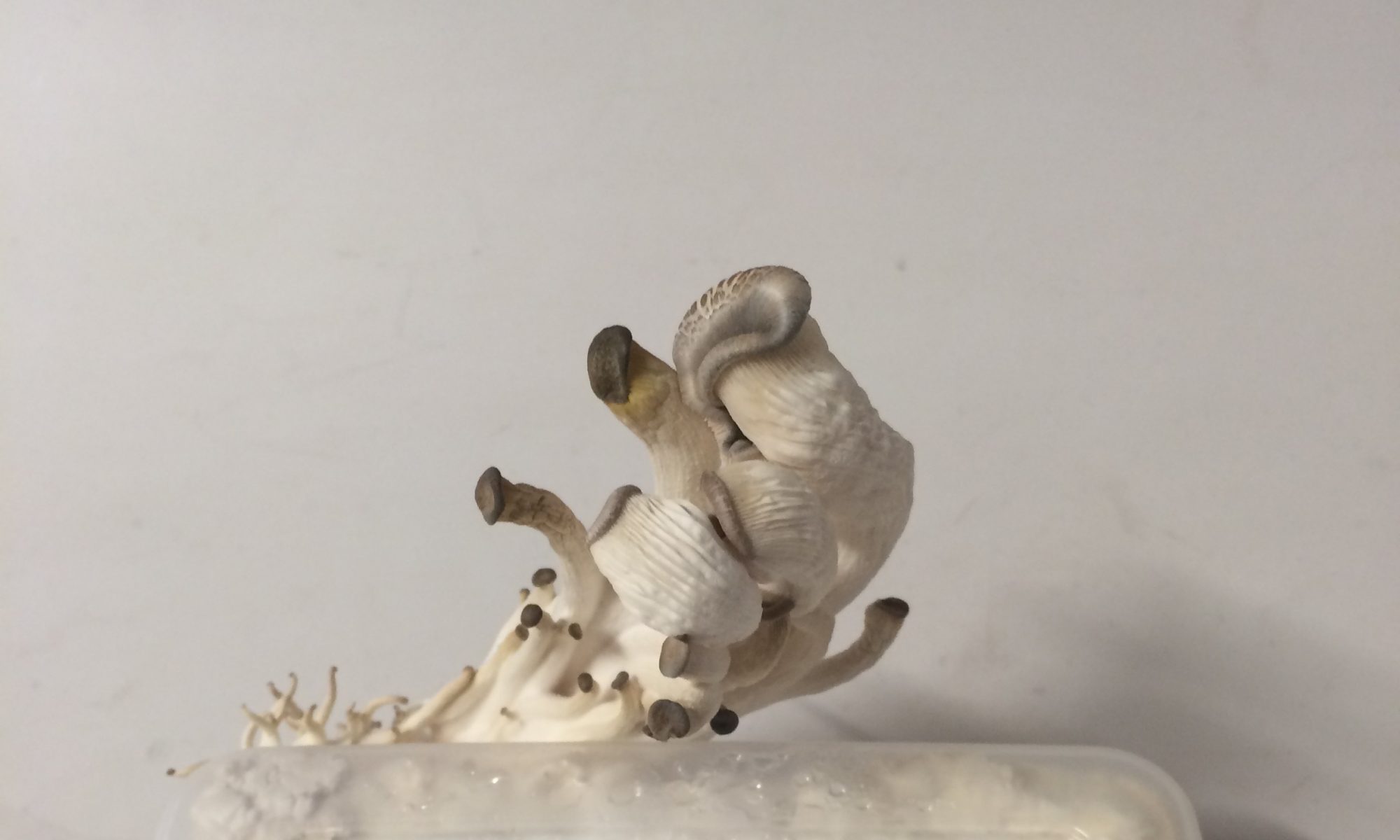


2022 Archive of RENATURED, Marina Zurkow's Research Blog
ANIMALS, PEOPLE AND THOSE IN BETWEEN
“I don’t for a second buy into the story, promoted both by deep greens and by the right, that Mother Earth will just brush us off and recover. Faith in an all-powerful deity is precisely a way to ignore hyperobjects. Some people commented on my previous post on hyperobjects, wondering whether God could be considered as one. No. It is precisely when we start to notice hyperobjects that the idea of some transcendental beyond, inhabited by an all-powerful being, starts to melt, and we humans break loose from our island of certainty to float on the ocean of science.How arrogant of us to think that we had reached the end of history in 1989. And how brittle of us. Little did we want to know how this posturing was actually a symptom of our own fragility. The good news is that we are at the beginning of history, like an exhausted newborn, stunned and breathing heavily outside the womb of concepts such as Nature and Progress.”
– Timothy Morton from the blog, The Contemporary Condition
Important article from Nature on the importance of looking at non-native, hybrid, “impure” ecosystems: Ragamuffin Earth (July 2009).
Excerpted:
Most ecologists and conservationists would describe this forest in scientific jargon as ‘degraded’, ‘heavily invaded’ or perhaps ‘anthropogenic’. Less formally, they might term it a ‘trash ecosystem’. After all, what is it but a bunch of weeds, dominated by aggressive invaders, and almost all introduced by humans? It might as well be a city dump.
A few ecologists, however, are taking a second look at such places, trying to see them without the common assumption that pristine ecosystems are ‘good’ and anything else is ‘bad’. The non-judgemental term is ‘novel ecosystem’. A novel ecosystem is one that has been heavily influenced by humans but is not under human management. A working tree plantation doesn’t qualify; one abandoned decades ago would. A forest dominated by non-native species counts… even if humans never cut it down, burned it or even visited it.
No one is sure how much of Earth is covered by novel ecosystems.
The Northwest Passage–the legendary shipping route through ice-choked Canadian waters at the top of the world–melted free of ice last week, and is now open for navigation, according to satellite mosaics available from the National Snow and Ice Data Center and The University of Illinois Cryosphere Today. This summThe Northwest Passage–the legendary shipping route through ice-choked Canadian waters at the top of the world–melted free of ice last week, and is now open for navigation, according to satellite mosaics available from the National Snow and Ice Data Center and The University of Illinois Cryosphere Today. This summer marks the fourth consecutive year–and fourth time in recorded history–that the fabled passage has opened for navigation.er marks the fourth consecutive year–and fourth time in recorded history–that the fabled passage has opened for navigation.
(Reposted from Climate Progress)